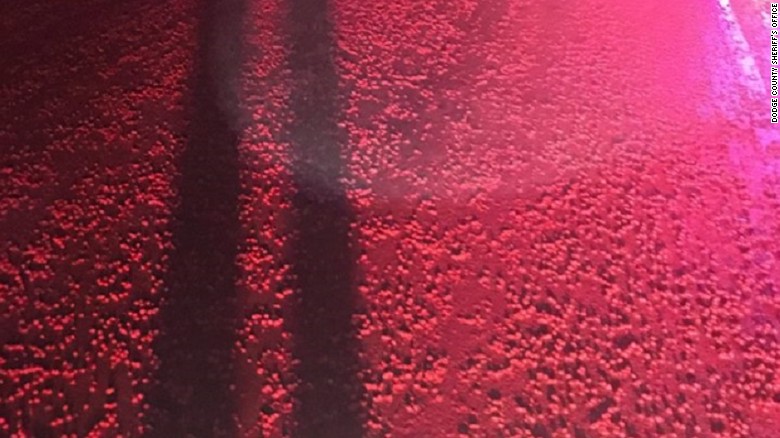Revealed: How French women stay slim without even trying (and it's a lot easier than you think)
- French women appear to be able to maintain their slender elegance
- FEMAIL has called on Dr Carrie Ruxton to spill the five simple secrets
- Includes eating red meat, taking time cooking and never snacking
For years, our continental neighbours have been applauded as chic, slim and poised - all achieved seemingly without effort.
Even more infuriatingly, French women appear to be able to maintain their slender elegance through everything from pregnancy to old age.
So what are their secrets? FEMAIL has called on Dr Carrie Ruxton to spill the five simple secrets French women swear by for staying trim.

French women - like actress Charlotte Gainsbourg - appear to be able to maintain their slender elegance through everything from pregnancy to old age. Here, Dr Carrie Ruxton spills the five simple secrets they swear by
1. The French say 'non' to snacking on the run, so steer clear of the supersize muffins at your coffee shop and stick to a flat white.
2. Whether it's beef Bourgogne or quiche Lorraine, the French love their red meat. Choose lean pork, beef or lamb and stew slowly with plenty of veg for a warming French dish.
3. French women take time over their main meals and usually share the moment with family or friends. So, junk the sad sandwich at your desk and meet up with colleagues for a healthy salad.

The plan includes eating red meat, taking time cooking and never snacking
4. The French adore home cooking and have a deep suspicion about fast foods. Try to cook at home most nights of the week, even if it's a simple pasta dish, and keep the local takeaway as an occasional treat.
5. French women eat far more fruit and vegetables than their British counterparts. Aim for at least five portions a day (fresh, frozen, dried) and feel especially virtuous if you get to seven portions.
Sophia Thomas, a 25-year-old Briton who spent four years studying in France, said: 'Everywhere you look in Paris, there are beautiful, slim women.
'Whether it is on fashion billboards or just across the street, you can't escape that supposed perfection.
'Everybody aspires to be some sort of Coco Chanel. She was the epitome of high octane glamour with that perfect rouge pout, peachy cheeks, Breton stripes and flowing pearls.
'It's tough, especially when there are boulangeries on every corner. However, it seems that it's going to take years to shake off that glamourised view of French women, so I guess I'll be passing on that croissant and hot chocolate!'
Read more: http://www.dailymail.co.uk/femail/article-4148734/How-French-women-stay-slim-without-trying.html#ixzz4WhZ0SGFa
Follow us: @MailOnline on Twitter | DailyMail on Facebook














